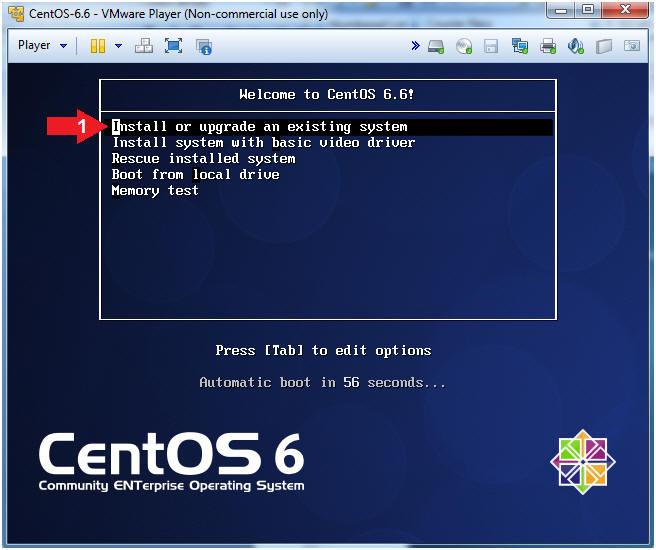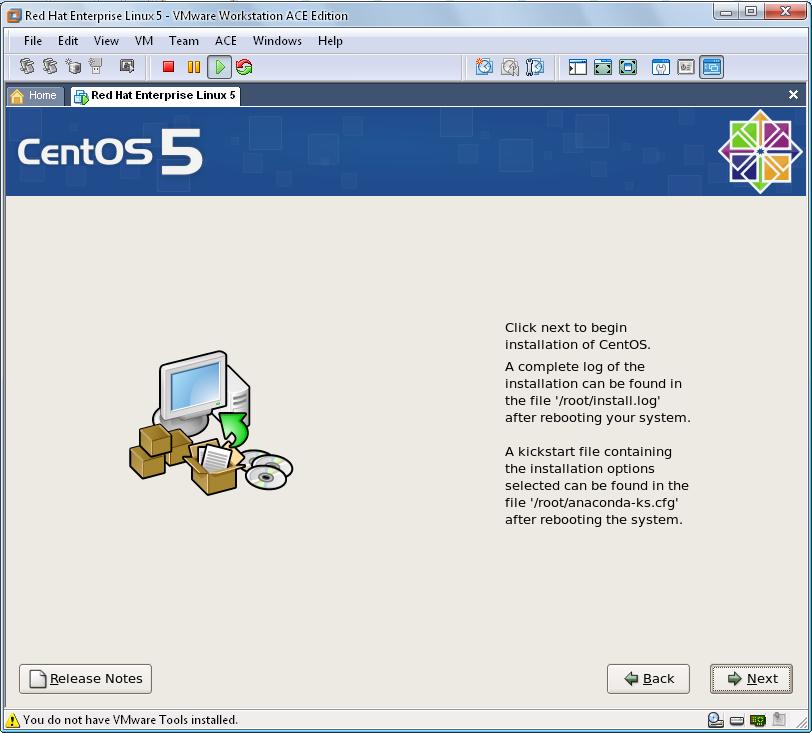
CPPFLAGS or LDFLAGS) which requires a directory path must specify an absolute path rather than a relative path.Ĭonfigure can usually find the X include and library files automagically, but if it doesn't, you can use the -x-includes=path and -x-libraries=path options to specify their locations. Here is an example of setting configure variables from the command line: configure CC=c99 CFLAGS=-O2 LDFLAGS='-L/usr/local/lib -R/usr/local/lib' LIBS=-lposixĪny variable (e.g. Some Linux systems will work with -rpath /usr/local/lib, while some other Linux systems who's gcc does not pass -rpath to the linker, require an argument of the form -Wl,-rpath,/usr/local/lib. For example, the Solaris linker requires an argument of the form -R/path. L/usr/local) to look for libraries systems that support the notion of a library run-path may require an additional argument in order to find shared libraries at run time. These include, among others: CC Name of C compiler (e.g. You can influence choice of compiler, compilation flags, or libraries of the configure script by setting initial values for variables in the configure command line. lSM -lICE -lX11 -lXt -lbz2 -lz -lm -lgomp -lpthread -lltdl LIBS = -lMagickCore-Q16 -llcms -ltiff -lfreetype -ljpeg -lfontconfig -lXext MAGICK_LDFLAGS = -L/usr/local/lib -lfreetype MAGICK_CFLAGS = -fopenmp -g -O2 -Wall -W -pthreadĬPPFLAGS = -I/usr/local/include/ImageMagick Ghostscript lib -with-gslib=yes no (failed tests)ĬFLAGS = -fopenmp -g -O2 -Wall -W -pthread Ghostscript fonts -with-gs-font-dir=default

Host system type: x86_64-unknown-linux-gnuīuild system type: x86_64-unknown-linux-gnu For example, here is a recent report from our system: ImageMagick is configured as follows. Pay particular attention to the last lines of the script output. Watch the configure script output to verify that it finds everything that If you are willing to accept configure's default options, and build from within the source directory, you can simply type: stdlib.h), and if any delegate libraries are available for ImageMagick to use (e.g. This includes finding a compiler, where your compiler header files are located (e.g. The configure script looks at your environment and decides what it can cobble together to get ImageMagick compiled and installed on your system. Now that you have the ImageMagick Linux/Linux source distribution unpacked, let's configure it. Unpack the distribution it with this command: tar xvzf
#Imagemagic centos 5.6 download#
Download from or a mirror and verify the distribution against its message digest.

A compiler is required and fortunately almost all modern Linux systems have one.
#Imagemagic centos 5.6 mac os#
ImageMagick builds on a variety of Linux and Linux-like operating systems including Linux, Solaris, FreeBSD, Mac OS X, and others. However, if you want to customize the configuration and installation of ImageMagick under Linux or Linux systems, lets begin.
#Imagemagic centos 5.6 install#
If so, you also have the option of installing a pre-compiled binary release or if you still want to install from source without all the fuss see the simple Install From Source instructions. It's possible you don't want to concern yourself with advanced installation under Linux or Linux systems.


 0 kommentar(er)
0 kommentar(er)
